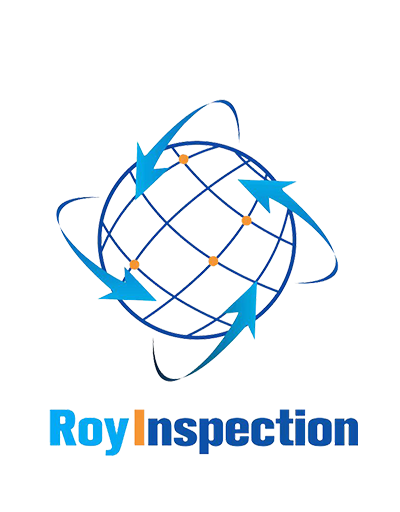What are code steel industrial inspections?Code steel industrial inspections are necessary to ensure the structural integrity of steel-based industrial facilities. This inspection is performed according to established industry codes and standards. The purpose of these inspections is to detect defects, identify potential safety hazards, and ensure that the facility is in compliance with local and national safety regulations.Prevention of AccidentsRegular inspection of the industrial facility's steel structure can prevent accidents before they happen. When defects in the structure are detected early, repairs can be made before the issue becomes a hazard to the safety of the workers and the facility itself.Improved ProductivityWhen the structural integrity of the facility's steel components is regularly maintained, it can improve the overall productivity of the facility. The machine operators and other workers can perform their tasks with more confidence, knowing that the facility is structurally sound and safe.Compliance with RegulationsCode steel industrial inspections are also important for ensuring that the facility is in compliance with local and national safety regulations. These inspections ensure that the facility is meeting the minimum safety standards set by the regulatory agencies and can provide documentation to prove compliance.Avoid Costly RepairsFinding and repairing defects in steel structure early on can avoid costly repairs later. Postponing repairs can lead to more significant problems down the road and could be more expensive to fix. Regular inspections can help identify and address problems early on, saving the facility money in the long run.Inspections can Highlight Efficiency IssuesCode steel industrial inspections can also help identify areas of the facility that may be running inefficiently. For example, identifying poorly insulated areas or areas that are structurally weak can give maintenance staff the information they need to make improvements that can lead to increased productivity and lower energy costs.Boosts SafetyCode steel industrial inspections should always be a priority for industrial facility management. It is important to prioritize safety in the workplace, and routine inspections can ensure that the facility is in compliance with safety standards. This can help keep workers safe and prevent accidents.Continuous ImprovementAs technology and safety standards evolve, it is important for industrial facilities to ensure that their facilities are up to date and safe. Routine inspections can help ensure that the facility is compliant with new regulations and safety standards. Additionally, feedback from inspectors can help management identify areas for improvement in safety and efficiency.Peace of MindRegular code steel industrial inspections can provide peace of mind for facility management and workers. They can feel confident knowing that the facility is safe and structurally sound, which can improve morale and productivity.Final ThoughtsCode steel industrial inspections are crucial for maintaining a safe and productive work environment. Regular inspections can detect defects and potential hazards, ensure compliance with local and national regulations, and ultimately prevent costly repairs or accidents. Prioritizing these inspections can lead to a more efficient, profitable, and safer industrial facility.Code Steel Industrial Inspections, Safety Inspections, Industrial Safety RegulationsThe Importance of Code Steel Industrial InspectionsCode steel industrial inspections are necessary for the safety and productivity of industrial facilities. Learn how these inspections can prevent accidents and costly repairs while boosting efficiency.Quote InquiryContact us!










